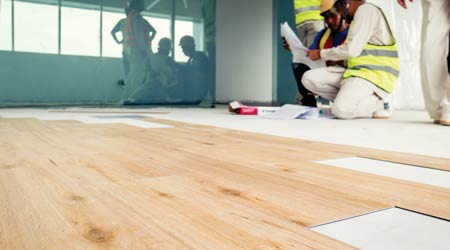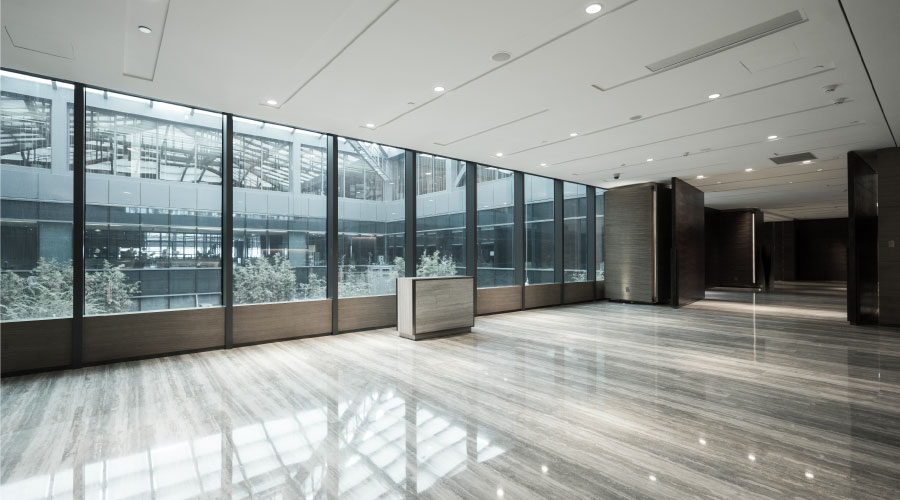 The investment in flooring and installation is a long-term commitment. Cutting corners in either materials or installation will cost more in the long run.
The investment in flooring and installation is a long-term commitment. Cutting corners in either materials or installation will cost more in the long run.What is the Real Cost of Flooring?
Often, the real cost of flooring depends on smart material selection, the appropriateness of the product for the space, and the product performing as expected.
What does the phrase “the real cost of flooring” mean to you? The real cost is the life cycle cost of installing a new or replacement flooring material. Of course, it includes the original cost of whatever flooring material is being used, plus the costs associated with installing it, including the floor preparation. The real cost also includes the maintenance of the flooring once put into use.
These are all real costs but, when it comes to floorcoverings, the real cost is also affected by whether or not the flooring selected actually performs as you expect it to. That means certain wild cards should be taken into consideration. These wild cards are risks that could cause the flooring and installation to fail and the subsequent costs involved when this happens.
These wild card costs come into play if you need to replace the floorcovering prematurely because it fails. The wild card costs could include the price of materials and installation for the replacement, the disruption to business operations, the time and money involved if litigation arises, and the hours you and your team have to spend dealing with the situation.
To avoid these wild card costs, you have to take steps at the beginning of the process of acquiring and having installed new flooring of any type. That’s when you have to consider any problems or issues that may compromise the flooring material and the installation. Of utmost importance is the condition of the space where the flooring is to be installed and of the substrate on which it is going to be installed. What’s more, you have to be prepared to identify the right product for the application and be well-versed on the hidden traps of the substrate on which it is to be installed. The biggest causes of flooring failures are using the wrong product in the wrong place and having expectations of performance the product is incapable of delivering.
Let’s look at what should always be considered when it comes to the real cost of flooring.
Materials and installation costs
When it comes to floorcovering materials and labor, the old saying applies: “You get what you pay for.” The higher cost of a quality material and a quality installation by a tried and true reputable commercial flooring contractor is not that great, especially when you remember the investment in flooring and installation is a long-term commitment. You don’t want to cut corners in either materials or installation.
It’s hard to put a number on the cost difference for better quality materials and installation. It depends on the local labor market and the type of flooring you want. Suppose that, for a particular area, you want to spend more and use high-end porcelain tile or executive-level carpet rather than run-of-the mill carpet tile or vinyl composition tile. Since you’re paying more for material, you’d certainly want to use a highly qualified installation firm. The cost difference between a cheap installer and one that is highly qualified might be 10 percent to 25 percent. Justifying this decision would require amortizing the initial cost of material and installation over what should be a longer period of time based on the quality of the flooring and the contractor. There’s also the peace of mind that comes with knowing the flooring contractor works with these materials daily, knows what does and doesn’t work, and has the financial stability and business history to be there when you need it.
Related Topics:














